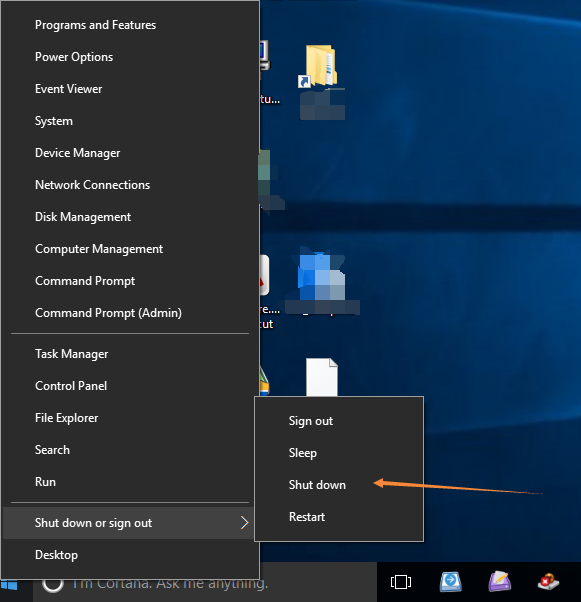

If users try to start Task Manager, a message appears explaining that a policy prevents the action.

If you enable this policy setting, users won't be able to access Task Manager. Task Manager ( taskmgr.exe) lets users start and stop programs, monitor the performance of their computers, view and monitor all programs running on their computers, including system services, find the executable names of programs, and change the priority of the process in which programs run. And that’s how Control-Alt-Delete was born.This policy setting prevents users from starting Task Manager. In any fact, secure login is disabled by default on the new Windows tablets and has to be activated by the administrator. Thankfully, common sense prevailed, eventually, and Microsoft switched to a dual login sequence for secure logins users either sticking with the old Control-Alt-Delete or the new combination of the Windows key and power button. Ctrl+Alt+Delete - via Ctrl+F1 and the Desktop Viewer toolbar. Win+D - Minimize all windows on the desktop. This section highlights some of the common ones. Most windows shortcut keys are passed to the remote session. Without this key at the time, users would have been unable to log into the OS. Passing Windows shortcut keys to the remote session. The TC1000 added the dedicated button between the programmable buttons on the side, which was designed to be used with the included Stylus. In 2003, when Microsoft released its first tablet with HP, the HP Compaq TC1000 (some 7 years before the first iPad), it included a dedicated Ctrl+Alt+Del, which was essential to using keyboard-less devices running Windows (for which developers had hardcoded the command). Sadly, the key’s primary function is to open the Start Menu, or Live Tiles (Windows 8), a watered-down approach to Ctrl+Alt+Del, which in a later version of Windows is used to display a separate Windows menu and not just the Task Manager.

While IBM continued to refuse the ‘ Windows key’, other manufacturers that started popping up made the switch to include the key. Thus, the sequence was purposefully designed to be tricky to perform, although it would also later become the trigger to open the Task Manager. Microsoft later split the function to include the ‘Del’ key, which first appeared on Windows 3.1. Right-click on the Policies folder and select New Microsoft’s Control-Alt-Delete sequence was initially intended as a security feature, to block against malware that would have attempted to intercept the username and password to gain access to users’ computers. At the time, IBM controlled most of the computer market, which shipped with MS-DOS, Microsoft’s command-line OS. It was originally intended to reboot the computer, most often used when a crash occurred. Double-click the setting youd like to change and change that setting from Not Configured to Enabled to remove that option from the CTRL+ALT+DEL screen. In fact, it was used even before Microsoft incorporated it into their OS.ĭavid Bradley, the man behind the design of the original IBM computer, added the Control-Alt-Delete command. It may seem trivial these days, almost reflex in some cases, but there was time at the dawn of the PC age where the three-key combination, Control-Alt-Delete, didn’t exist.ĭespite becoming part of our second nature to hit these keys whenever something in Windows fails, thinking about it logically seems to point to the fact that it was a bad idea.#Preference manager windows ctrl alt delete password
#Preference manager windows ctrl alt delete Pc


 0 kommentar(er)
0 kommentar(er)
